Nicaragua, located in the heart of Central America, is a country of rich history, diverse culture, and stunning natural beauty. From its volcanic landscapes to its colonial cities, Nicaragua offers a wealth of experiences for travelers and residents alike. In this comprehensive exploration, we’ll delve into the essence of Nicaragua, covering its geography, history, culture, economy, and current affairs.
Geography:
Nicaragua is the largest country in Central America, bordered by Honduras to the north and Costa Rica to the south. To the west, it is flanked by the Pacific Ocean, while to the east lies the Caribbean Sea. The country’s geography is characterized by its diverse landscapes, including volcanic mountains, lush rainforests, fertile valleys, and pristine beaches.
The backbone of Nicaragua is formed by the Cordillera Isabelia, a volcanic mountain range that runs from north to south and includes several active volcanoes, such as Momotombo and Concepción. The western half of the country is dominated by the Maribios Volcanic Chain, while the eastern half is covered by the Bosawás Biosphere Reserve, one of the largest rainforests in the Americas.
Nicaragua is also home to two large freshwater lakes: Lake Nicaragua, the largest lake in Central America, and Lake Managua, located near the capital city of Managua. These lakes are connected by the Río San Juan, which forms part of the border with Costa Rica and provides important transportation and irrigation routes.
The country’s Pacific coast is dotted with sandy beaches, rocky cliffs, and mangrove forests, while the Caribbean coast is characterized by its dense jungles, winding rivers, and remote indigenous communities. The Corn Islands, located off the Caribbean coast, are popular destinations for snorkeling, diving, and beachcombing.
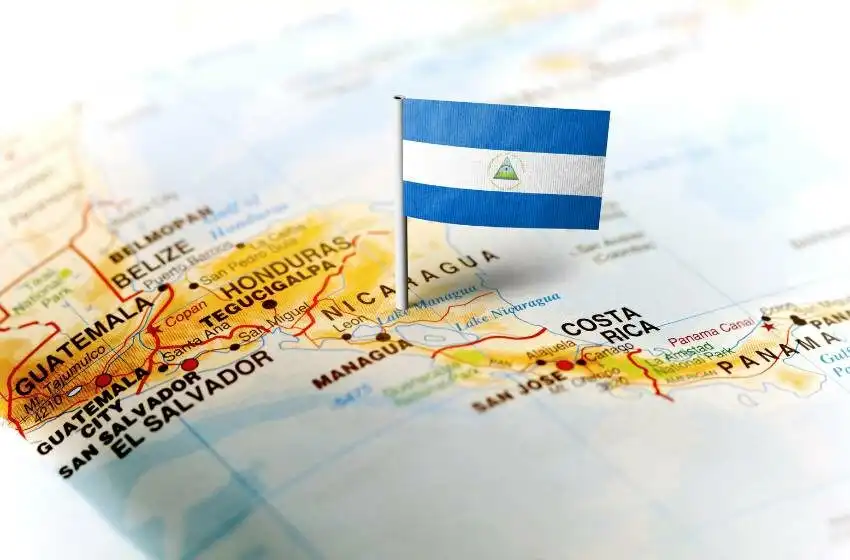
History:
Nicaragua’s history is a complex tapestry woven from the threads of indigenous cultures, Spanish colonization, and struggles for independence and democracy. Before the arrival of Europeans, the region was inhabited by indigenous peoples such as the Nahuatl, Chorotega, and Miskito, who had established thriving societies and cultural traditions.
In 1524, Spanish conquistador Francisco Hernández de Córdoba founded the city of Granada, the oldest colonial city in mainland America, and began to colonize the region. The Spanish brought diseases, forced labor, and religious conversion to the indigenous populations, leading to a decline in their numbers and cultural practices.
Nicaragua gained independence from Spain in 1821 and briefly became part of the Mexican Empire before joining the United Provinces of Central America. In 1838, Nicaragua declared its independence from the federation and became a sovereign nation with its own government and constitution.
The country’s modern history has been marked by political instability, social inequality, and armed conflict. Nicaragua experienced a brutal civil war in the 1980s, in which the socialist Sandinista government and U.S.-backed Contra rebels fought for control of the country. The war resulted in tens of thousands of deaths, displacement, and economic devastation, as well as a legacy of political polarization and social division.
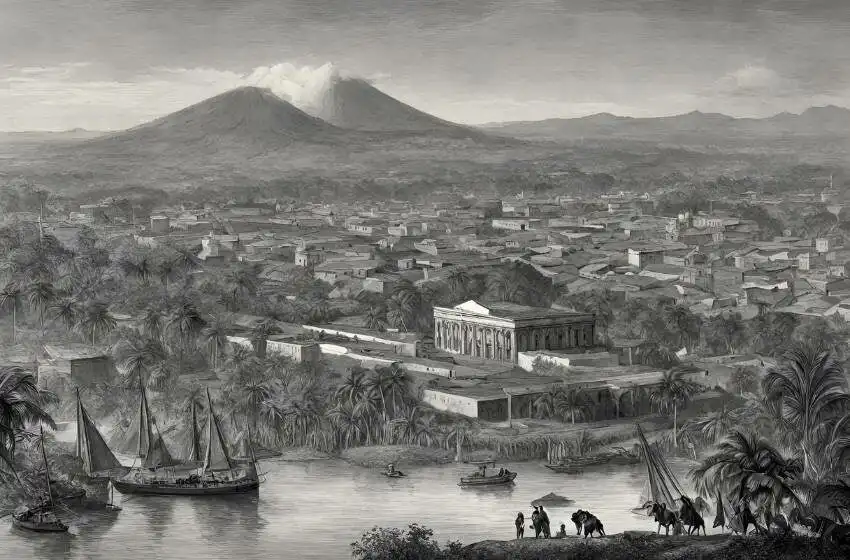
Culture:
Nicaraguan culture is a vibrant blend of indigenous, European, African, and mestizo influences, reflected in its music, dance, art, literature, and cuisine. The country’s diverse cultural heritage is celebrated through colorful festivals, traditional rituals, and a strong sense of national identity.
Music is an integral part of Nicaraguan culture, with genres such as marimba, salsa, and reggaeton enjoying widespread popularity. Traditional instruments such as the guitar, marimba, and drums are commonly used in folk music, while modern styles such as hip-hop and electronic dance music are also popular.
Dance is also a cherished tradition in Nicaragua, with styles such as salsa, merengue, and Palo de Mayo being performed at festivals, celebrations, and social gatherings throughout the country. Traditional dances often incorporate elements of indigenous, African, and Spanish culture, reflecting Nicaragua’s multicultural heritage.
Nicaraguan cuisine is diverse and flavorful, with dishes such as gallo pinto, vigorón, and indio viejo showcasing the country’s culinary traditions. Staples such as rice, beans, corn, and plantains are commonly used in Nicaraguan cooking, while meats, seafood, and tropical fruits add variety and depth to the cuisine.
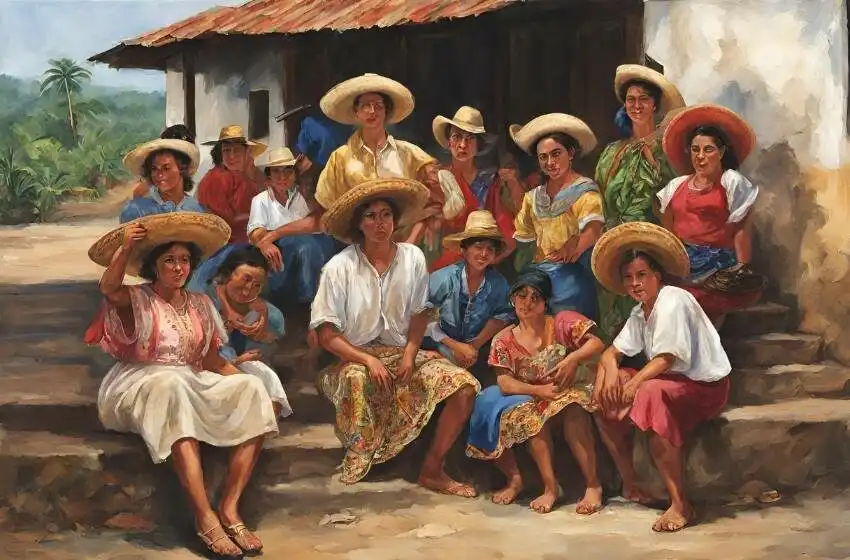
Economy:
Nicaragua has a mixed economy with a diverse range of industries, including agriculture, manufacturing, services, and tourism. The country is one of the poorest in the Western Hemisphere, with high levels of poverty, unemployment, and inequality.
Agriculture is a significant contributor to Nicaragua’s economy, employing a large portion of the population and generating export revenue. The country’s fertile soil, favorable climate, and abundant water resources make it well-suited for a wide variety of crops, including coffee, bananas, sugar cane, and tobacco.
Manufacturing has emerged as a key driver of economic growth in Nicaragua, with industries such as textiles, apparel, and food processing playing important roles. The country’s strategic location, access to international markets, and favorable trade agreements have attracted foreign investment and facilitated economic development.
Tourism is also an important sector of Nicaragua’s economy, with the country’s natural beauty, cultural heritage, and historical attractions attracting visitors from around the world. Popular destinations include the colonial cities of Granada and León, the volcanic island of Ometepe, and the beaches of San Juan del Sur, which offer a wide range of outdoor activities, cultural experiences, and eco-tourism opportunities.
UNESCO World Heritage Sites
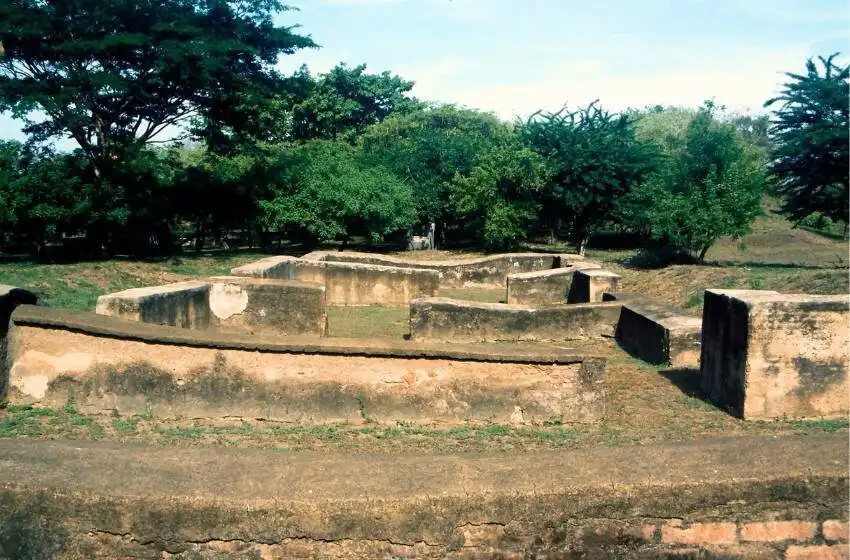
The most striking curiosities that make unique:
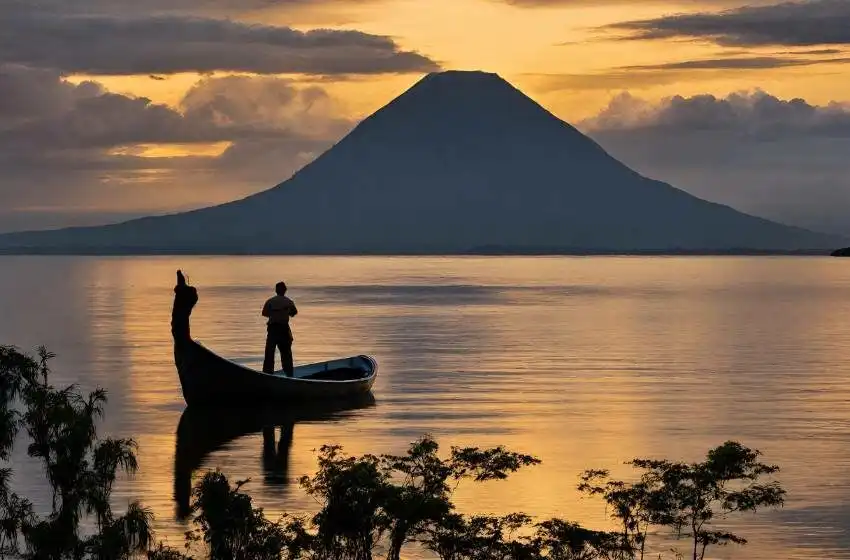
The most touristically renowned places:

Conclusion:
Nicaragua’s story is one of resilience, diversity, and struggle, as the country navigates the challenges and opportunities of the 21st century. Its rich cultural heritage, diverse landscapes, and enterprising people make it a dynamic and captivating place to explore. As Nicaragua continues on its journey of growth and development, it faces numerous challenges and uncertainties, from addressing political repression and social unrest to promoting economic prosperity and democratic governance. Despite the complexities and hardships, Nicaragua’s spirit of resilience, creativity, and optimism shines brightly, inspiring both its citizens and the world at large.


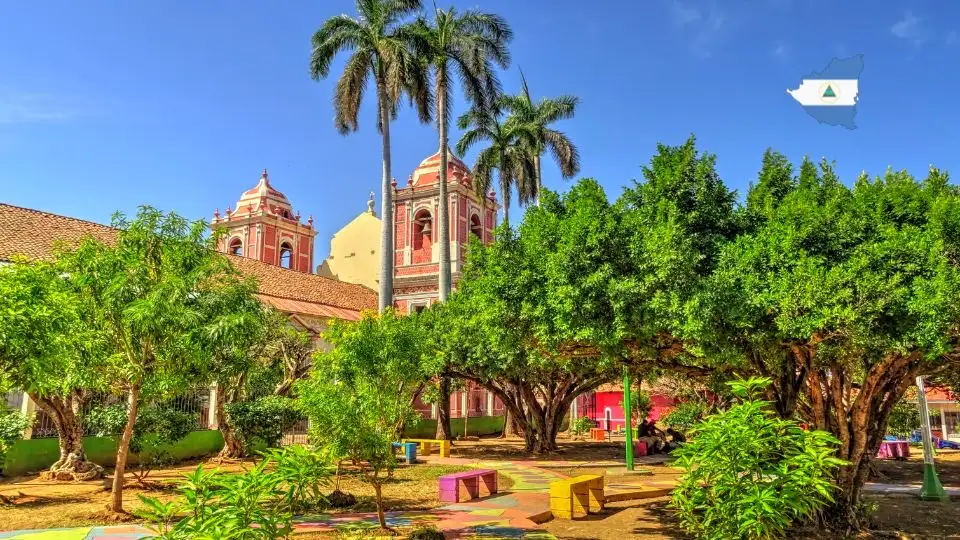
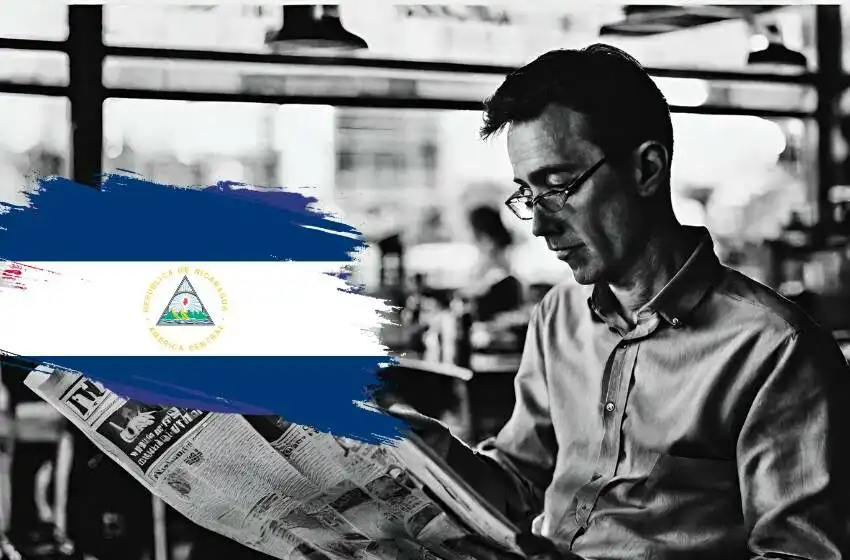
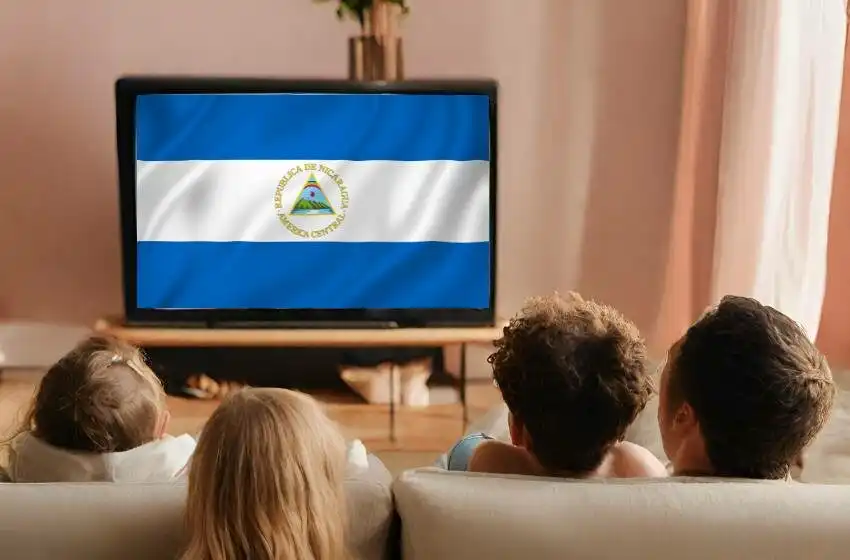
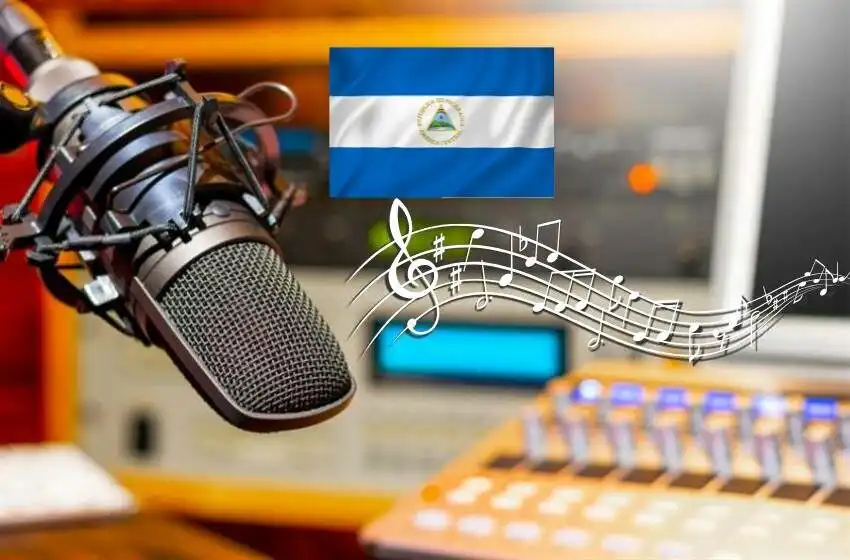

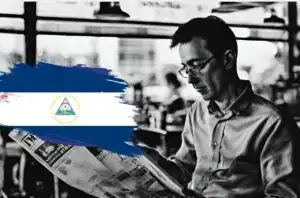
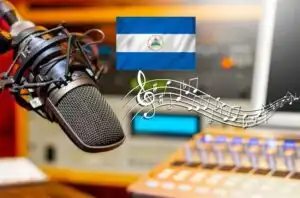
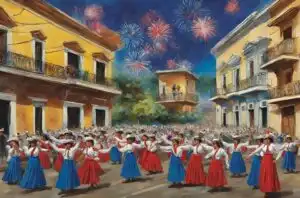
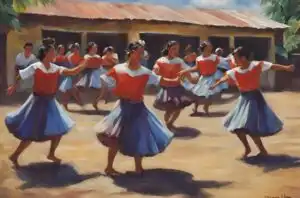
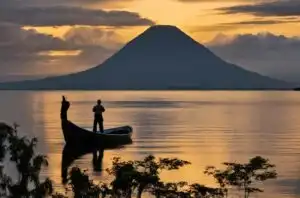
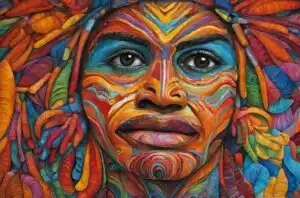

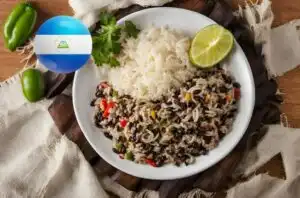
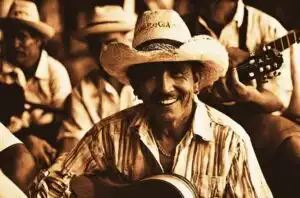
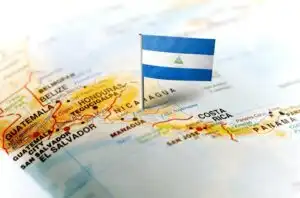
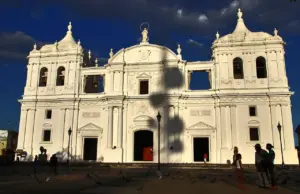
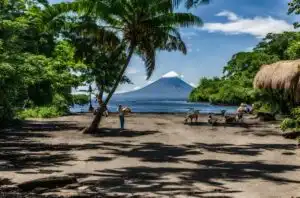
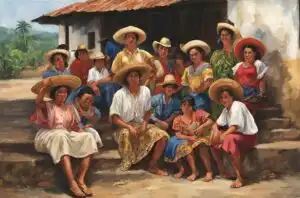



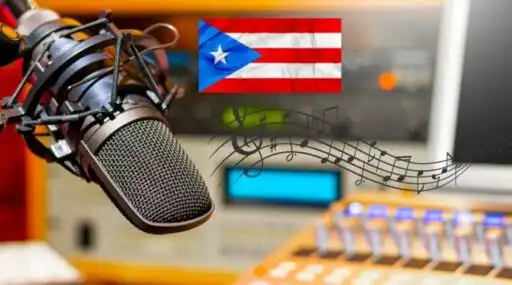


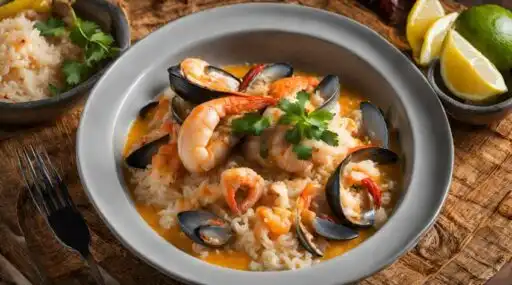



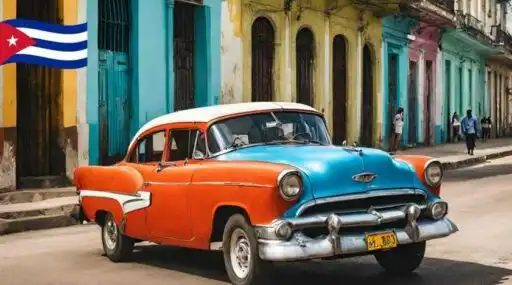
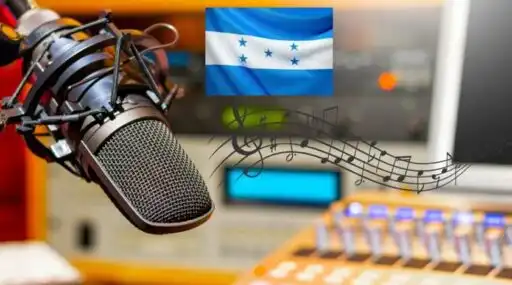
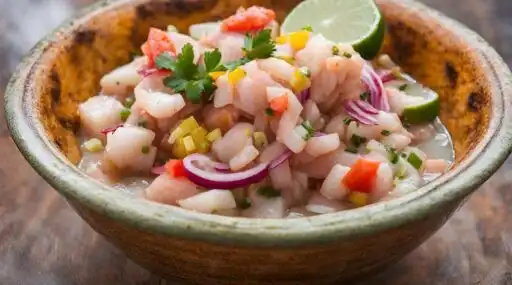
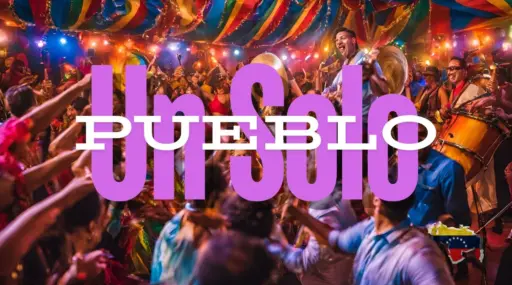

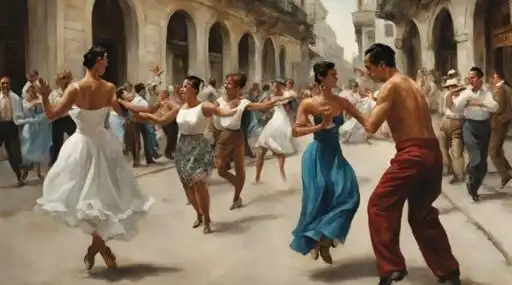
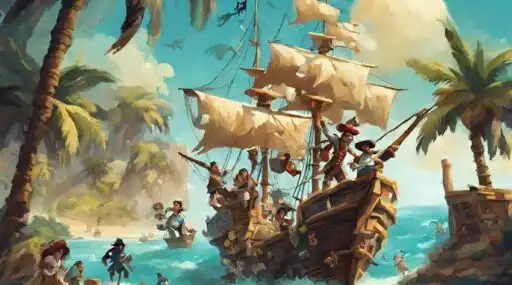

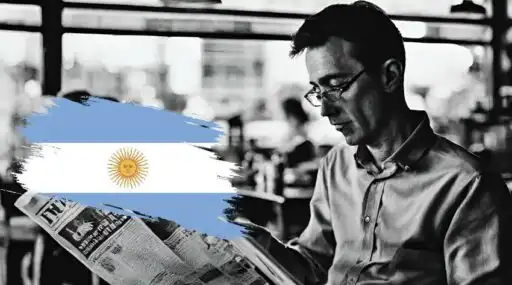
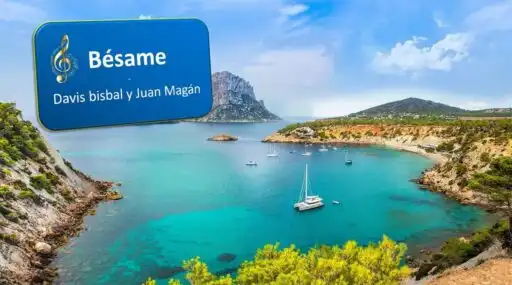
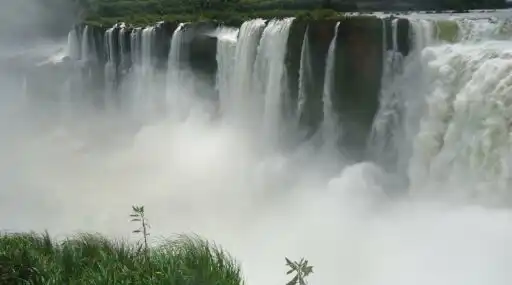
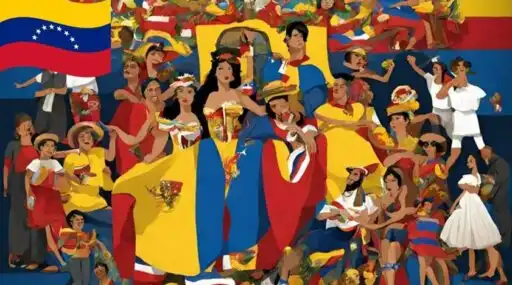



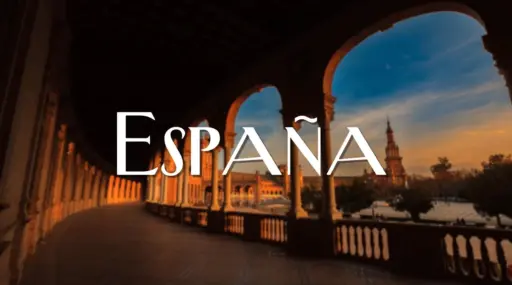
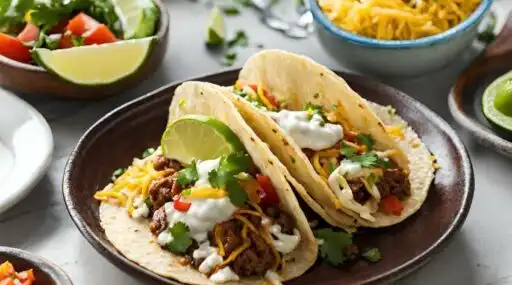

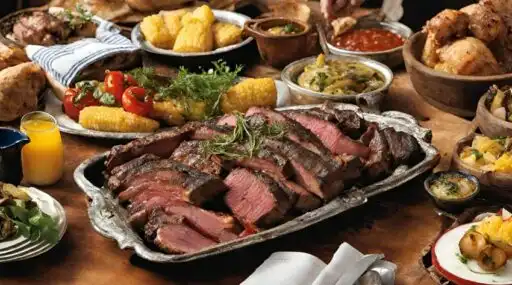

Leave a Reply